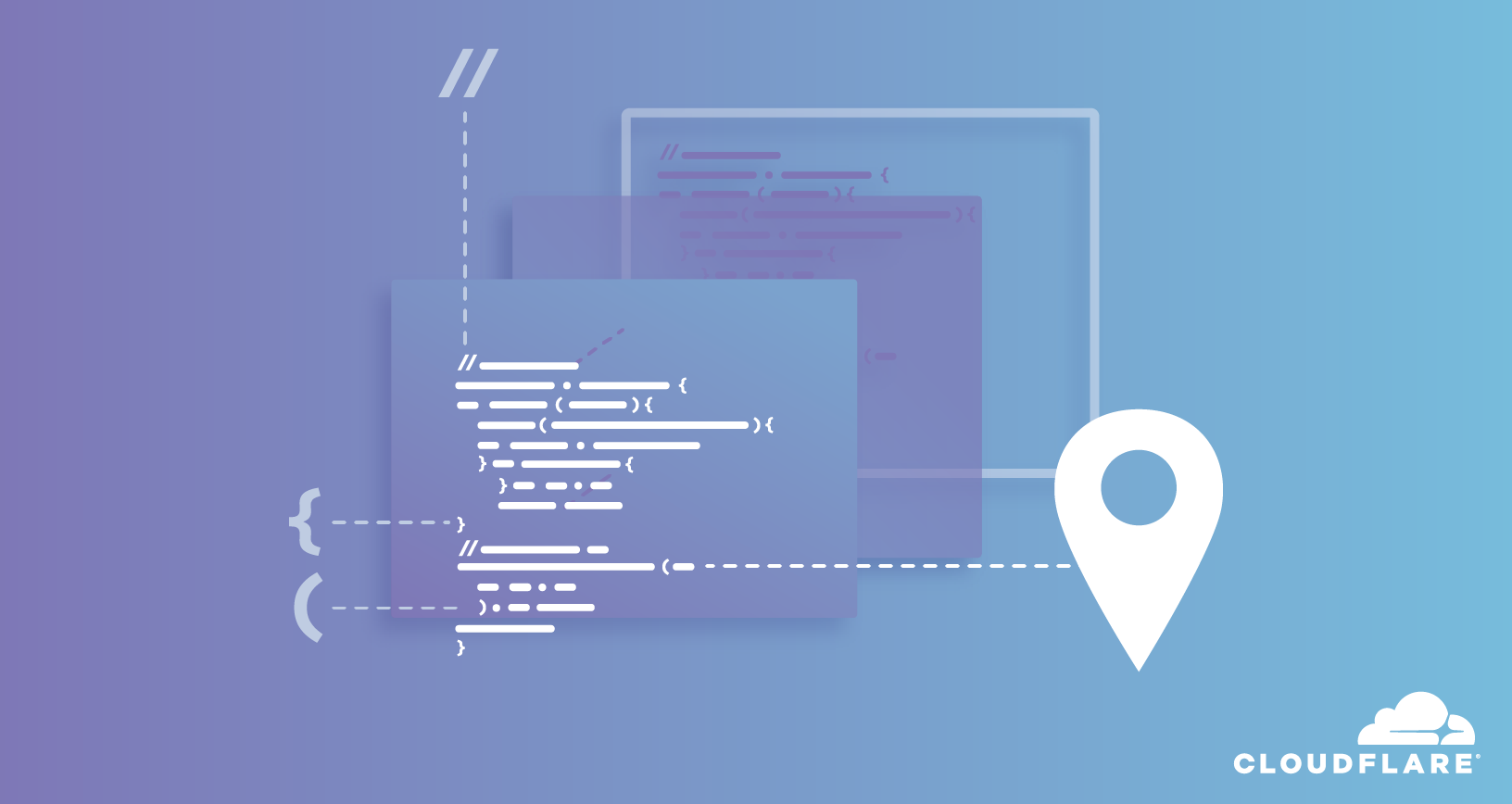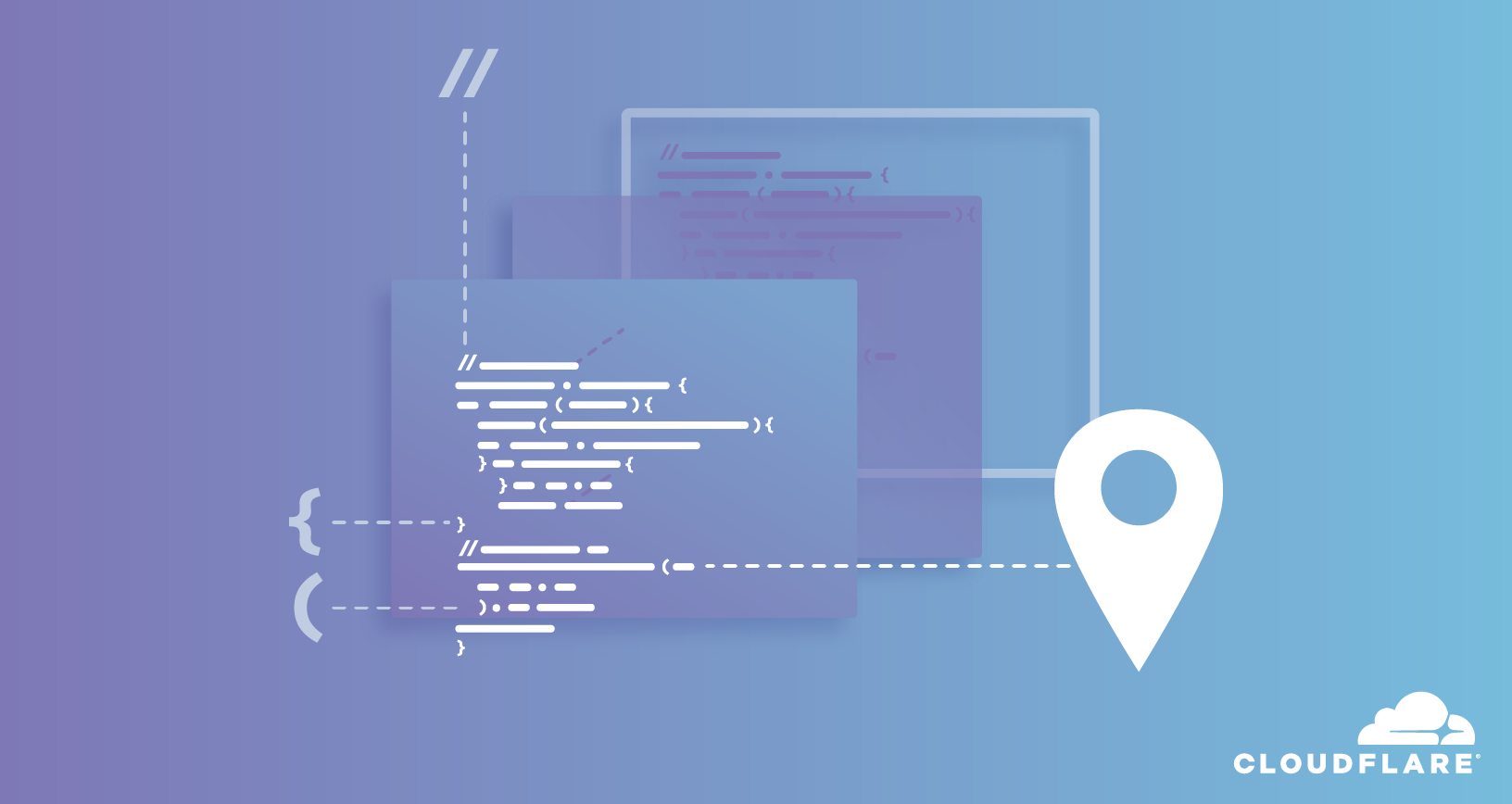IoT Security Startup Phosphorus Builds Agentless ‘Update-All’ Button
 IoT devices have two types of update mechanisms: an API call or user-initiated update. Phosphorus covers all that with its update-all button for IoT.
IoT devices have two types of update mechanisms: an API call or user-initiated update. Phosphorus covers all that with its update-all button for IoT.
 IoT devices have two types of update mechanisms: an API call or user-initiated update. Phosphorus covers all that with its update-all button for IoT.
IoT devices have two types of update mechanisms: an API call or user-initiated update. Phosphorus covers all that with its update-all button for IoT.
 The latest flaw was coincidentally announced on the same day as the latest version of Kubernetes was released. Project members said security concerns do not impact the release cycle.
The latest flaw was coincidentally announced on the same day as the latest version of Kubernetes was released. Project members said security concerns do not impact the release cycle.
 InterDigital competes with Qualcomm, Ericsson, Nokia, Huawei, and Samsung. These vendors also do technology innovation in conjunction with emerging standards. But their standards work is “subsumed” within other business units, while InterDigital does its work on a standalone basis.
InterDigital competes with Qualcomm, Ericsson, Nokia, Huawei, and Samsung. These vendors also do technology innovation in conjunction with emerging standards. But their standards work is “subsumed” within other business units, while InterDigital does its work on a standalone basis.
 The Chinese vendor beat out Cisco, Microsoft, and PTC for the top spot in the analyst firm's IoT Platform Vendor Scorecard.
The Chinese vendor beat out Cisco, Microsoft, and PTC for the top spot in the analyst firm's IoT Platform Vendor Scorecard.

This is a guest post by Hank Jacobs, who is the Lead Software Engineer for Platform Services & Tools at Dollar Shave Club. This post originally appeared on the DSC Engineering blog.

At Dollar Shave Club, we continuously look for ways to improve how we build and ship code. Improving the time it takes for engineers to ship code is key. Providing engineers with a development environment that closely mirrors production really helps.
Earlier this year, we began evaluating Cloudflare Workers as a replacement for our legacy edge routing and caching layers. Cloudflare Workers brings the power of Javascript to Cloudflare’s Edge. Developers can write and deploy Javacript that gets executed for every HTTP request that passes through Cloudflare. This capability excited us but a critical thing was missing — a way to run Worker code locally. We couldn’t find a suitable solution, so we started to build our own. Luckily, Workers uses the open Service Workers API so we had documentation to consult. Within a few weeks, Cloudworker was born.

Cloudworker is a local Cloudflare Worker runtime. With it, you can run Cloudflare Worker scripts locally (or anywhere you can run a Docker image). Our primary goal with Continue reading
 The German carrier along with Nokia is now in a position to test use cases for industry and enhanced massive broadband.
The German carrier along with Nokia is now in a position to test use cases for industry and enhanced massive broadband.
Today we are launching our partnership with FS.com and with that comes an opportunity to engage our customers in a new and unique way. FS.com has been providing networking solutions since 2009. The joint partnership of Cumulus and FS.com allows a new way for our collective customers to achieve web-scale networking solutions in a convenient and timely manner. FS.com’s commitment to fast response times and comprehensive networking solutions brings a layer of convenience we feel our clients will appreciate.
Cumulus Networks is driven to provide flexibility, choice and affordability when it comes to building out the next generation of network infrastructures. By adding FS.com as an additional option to our portfolio we continue that commitment to our customers. It is exciting to see how this space will evolve and the new ways in which customers will source network infrastructure moving forward.
Whether you are looking for Data Center TOR solutions with Enterprise feature set corporate buying behavior is evolving as our consumer buying habits blend more into our corporate lives. This method of sourcing and buying consumer goods has grown significantly over the past decade as our consumer selves buy more and more of Continue reading
I’ve been working on migrating off macOS for a couple of years (10+ years on a single OS isn’t undone quickly or easily). I won’t go into all the gory details here; see this post for some background and then see this update from last October that summarized my previous efforts to migrate to Linux (Fedora, specifically) as my primary desktop operating system. (What I haven’t blogged about is the success I had switching to Fedora full-time when I joined Heptio.) I took another big step forward in my efforts this past week, when I rebuilt my 2011-era Mac Pro workstation to run Fedora.
When I mentioned this on Twitter, a few people asked the question every parent dreads hearing: “Why?” (If you’ve been a parent for more than a couple years you’ll understand this.) The motivation for using Linux is something I’ve already discussed. As for the hardware, it’s simple: the hardware for the Mac Pro is very good (see the base specs here), so why not re-use the hardware for use with Linux? I mean, if I’ve already decided on running Linux (which I have), then why spend money on new hardware Continue reading
Ubiquitous 5G combined with AR promises to transform training, tasks, and customer interactions. Here's what you need to know about building tomorrow's virtual workplace.
The post Configuring NetFlow on VyOS and Huawei Network Devices appeared first on Noction.
Inspired by The Zen of Python, Dinesh Dutt wrote The Zen of Routing Protocols:
Beautiful is better than ugly.
Simple is better than complex.
Complex is better than complicated.
So just because you can, don't.
Read more ...Identifying impactful service system problems via log analysis He et al., ESEC/FSE’18
If something is going wrong in your system, chances are you’ve got two main sources to help you detect and resolve the issue: logs and metrics. You’re unlikely to be able to get to the bottom of a problem using metrics alone (though you might well detect one that way), so that leaves logs as the primary diagnosis tool. The online service at Microsoft used as the main case study in the paper produces dozens of Terabytes of logs every day.
Logs play a crucial role in the diagnosis of modern cloud-based online service systems. Clearly, manual problem diagnosis is very time-consuming and error-prone due to the increasing scale and complexity of large-scale systems.
Log3C analyses logs to look for indications of impactful problems, using correlated KPIs as a guide. It finds these needles in the haystack with an average precision of 0.877 and an average recall of 0.883. A distributed version of Log3C has been deployed and used in production at Microsoft for several years, both to support a massive online service (we are not told which one), and integrated into “Product B” where Continue reading
 According to reports, the deal was cleared after Deutsche Telekom and SoftBank offered to stop using Huawei equipment.
According to reports, the deal was cleared after Deutsche Telekom and SoftBank offered to stop using Huawei equipment.
 The company closed 100 deals valued in excess of $1 million and added more than 100 new customers to both its OpenShift and Ansible platforms during the quarter.
The company closed 100 deals valued in excess of $1 million and added more than 100 new customers to both its OpenShift and Ansible platforms during the quarter.

pMD is a fast growing, highly rated health care technology company that has been recognized as a Best Place to Work by SF Business Times, Modern Healthcare, and Inc. Senior DevOps Engineer: Your engineering work will focus on using your deep knowledge of the web stack including firewalls, web applications, caches and data stores to create innovative infrastructure architectures that are resilient, scalable, and blazingly fast. You will bring best practices for automating the provisioning and patching of servers, replicating and versioning configuration changes, monitoring and alerting, deploying application and data store updates, and high availability / disaster recovery. Please apply here.
Containers are unlike any other compute infrastructure. Prior to containers, compute infrastructure was composed of a set of brittle technologies that often took weeks to deploy. Containers made the automation of workload deployment mainstream, and brought workload deployment down to minutes, if not seconds.
Now, to be perfectly clear, containers themselves aren’t some sort of magical automation sauce that changed everything. Containers are something of a totem for IT operations automation, for a few different reasons.
Unlike the Virtual Machines (VMs) that preceded them, containers don’t require a full operating system for every workload. A single operating system can host hundreds or even thousands of containers, moving the necessary per-workload RAM requirement from several gigabytes to a few dozen megabytes. Similarly, containerized workloads share certain basic functions – libraries, for instance – from the host operating system, which can make maintaining key aspects of the container operating environment easier. When you update the underlying host, you update all the containers running on it.
Unlike VMs, however, containers are feature poor. For example, they have no resiliency: traditional vMotion-like workload migration doesn’t exist, and we’re only just now – several years after containers went mainstream – starting to get decent persistent Continue reading